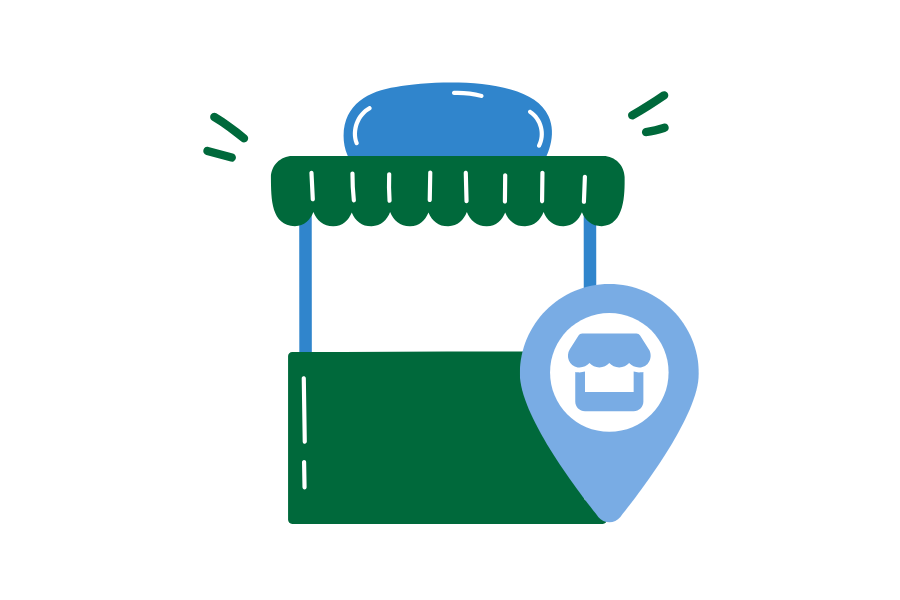How the Open Electricity Market Can Help SMEs Save on Energy Costs in Singapore in 2025
As a small business owner in Singapore, keeping costs down is always a priority. With electricity prices rising, managing energy expenses can feel like an uphill battle. Fortunately, Singapore’s Open Electricity Market (OEM) offers an opportunity for SMEs to take control of their electricity costs and potentially lower their monthly bills. This blog will guide you through how the OEM works and how it can help your business save money in 2025.
1. What is the Open Electricity Market (OEM)?
In the past, businesses in Singapore had to rely on SP Group for their electricity supply, with limited options for reducing energy costs. The Open Electricity Market (OEM) changed that by allowing businesses to choose from a range of licensed electricity retailers. This initiative was introduced to encourage competition and provide businesses with more flexibility in managing their energy bills.
With the OEM, SMEs now have the power to pick a retailer and electricity plan that suits their needs. This is a major win for businesses looking for ways to cut costs without sacrificing energy quality or service.
2. Saving Costs with Tailored Electricity Plans
One of the most appealing aspects of the OEM is the ability to select a customised electricity plan that aligns with your business’s unique needs. This can be a game changer for SMEs looking to cut costs.
Types of Plans Available:
- Fixed-Price Plans: These plans lock in a rate for a specific period, providing price stability and shielding businesses from market fluctuations.
- Discounted Tariff Plans: Some electricity retailers offer discounted rates on SP Group’s regulated tariff, helping businesses save on their electricity bills.
- Green Energy Plans: If your business is looking to reduce its environmental impact, green energy plans offer renewable energy options that are not only sustainable but may also be more cost-effective in the long run.
By selecting a plan that fits your business’s energy usage, you can potentially save hundreds or even thousands of dollars annually on your energy bills.
3. How Competition Benefits SMEs
With multiple electricity retailers in the market, competition is fierce. This is great news for businesses because it means better pricing and more options. Retailers are motivated to offer attractive plans to win your business, so you can shop around and find the best deal for your SME.
How You Benefit from Increased Competition:
- Better Rates: The increased competition means that retailers are often more willing to offer lower prices to attract business customers. By comparing plans, SMEs can find deals that suit their budget and needs.
- Flexible Terms: Many retailers offer more flexible payment options, making it easier for businesses to manage their cash flow.
- Improved Service: Retailers are incentivised to provide better customer service, with more responsive support and clearer billing, which can make your experience as a customer much more seamless.
The competition in the OEM is in your favour, and as a result, you can secure the best possible deal for your business.
✅ Counto is dedicated to helping small businesses thrive by offering Counto BillPay, a complimentary all-in-one solution for bill payments, spend management, and accounts payable. Streamline your finances today. Learn more here.
4. The Flexibility to Switch Providers
In the past, businesses were tied to one provider—SP Group. But with the OEM, SMEs now have the freedom to switch electricity providers if they find a better deal. The flexibility to change plans and providers ensures that you’re never stuck with a plan that doesn’t suit your needs.
How to Switch Providers:
- Compare Plans: Use the tools available through the OEM platform to compare different retailers and their plans.
- Choose the Right Plan: Once you’ve reviewed your options, select a plan that matches your business’s energy needs and budget.
- Sign the Contract: The process of switching providers is simple and straightforward. You can sign a contract with the new retailer and enjoy the benefits of a more competitive rate.
This flexibility allows SMEs to ensure they’re always getting the best deal, regardless of market changes.
5. Consider Green Energy Plans for Long-Term Savings
If your business is environmentally conscious, green energy plans might be worth considering. These plans use renewable energy sources like solar or wind power, and they’re becoming increasingly competitive in terms of pricing. Not only do they contribute to sustainability efforts, but they could also save you money over time.
Why Go Green?
- Long-Term Savings: While green energy plans may have slightly higher upfront costs, they can lead to savings in the long term as demand for renewable energy grows.
- Environmental Responsibility: By choosing green energy, your business can play a part in reducing carbon emissions, enhancing your reputation as a socially responsible company.
- Government Incentives: In some cases, the government may offer incentives to businesses that choose green energy plans, which could further lower your costs.
In addition to the cost savings, you’ll also be aligning your business with sustainability goals, which can attract environmentally conscious clients and customers.
6. How Monitoring Tools Can Help SMEs Control Costs
Many electricity retailers offer energy monitoring tools that give SMEs greater control over their energy consumption. These tools allow businesses to track their usage in real time, identify areas of inefficiency, and adjust their habits to reduce waste.
What These Tools Offer:
- Real-Time Usage Data: You can see exactly how much electricity your business is using at any given time, making it easier to spot patterns and inefficiencies.
- Energy-Saving Tips: Retailers often provide recommendations on how to optimise energy consumption, such as switching to energy-efficient appliances or adjusting office lighting.
- Budgeting Alerts: Set budgets for your electricity usage, and get alerts when you’re nearing your target, helping you stay on track.
By using these tools, SMEs can fine-tune their energy usage and make adjustments to ensure they’re not overspending on electricity.
7. Practical Steps for SMEs to Benefit from the OEM
To ensure you’re making the most of the Open Electricity Market, here’s a practical approach:
- Assess Your Energy Needs: Understand how much energy your business uses and look for plans that match those needs.
- Use Comparison Tools: Take advantage of the comparison tools available on the OEM website to evaluate electricity plans and pricing.
- Negotiate: Don’t be afraid to ask retailers for better terms or additional benefits to get the best deal for your business.
- Switch When Needed: Keep an eye on your energy costs and switch providers when necessary to stay competitive.
By following these steps, you’ll be in the best position to reduce your energy costs and improve your financial efficiency.
Summary
The Open Electricity Market presents SMEs in Singapore with an excellent opportunity to reduce their energy costs. By selecting the right electricity plan, monitoring usage, and switching providers when necessary, your business can cut expenses and improve profitability. Whether you opt for traditional or green energy plans, the flexibility and competition in the OEM will help you stay in control of your electricity costs.
Taking advantage of the OEM’s benefits can lead to significant savings and allow your SME to focus more on growth and success in 2025.
Revolutionise Your Payment Management with BillPay
Experience the future of business payments with Counto BillPay. Our comprehensive platform combines intelligent automation with powerful financial tools to streamline your entire accounts payable process—completely free. From automated scheduling to detailed reporting, we’ve got you covered. Ready to transform your payment process? Connect with us via chatbot, email [email protected], or complete our contact form.
Here are some articles you might find helpful:
How SMEs in Singapore Can Drive Sustainability and Profitability







